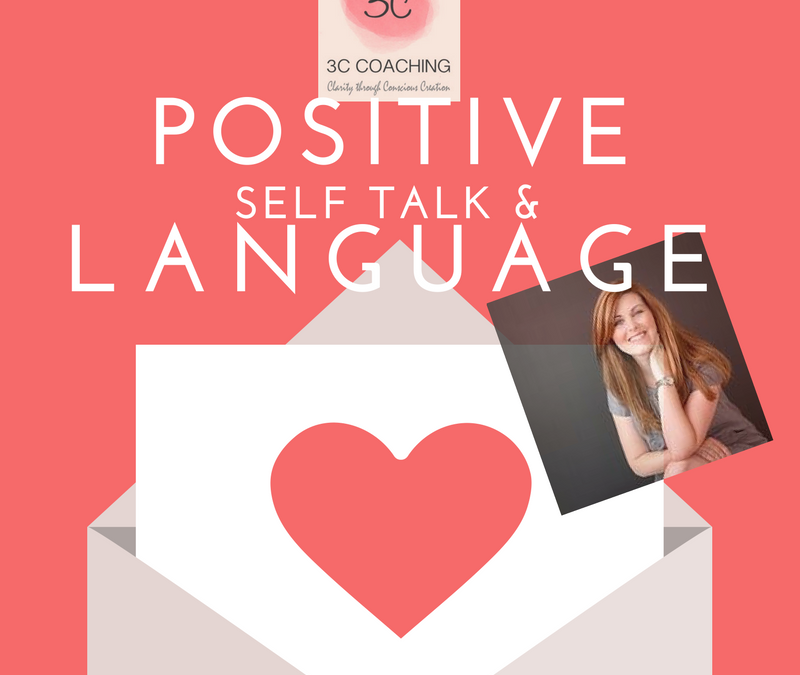As a Coach I find it very telling the language that my clients use to define their agendas, or to tell me about their week, update me on their progress and even how they describe situations. As an observer I can clearly see the expressions on their face as they talk and how their body shifts and moves and how their mannerisms display their emotions towards the topic. It’s like a dance, a synergy between the words they utilise and the reaction it causes them to feel within their body as an outward expression, displaying their feelings more clearly as a result. These dances happen spontaneously, without warning and the movements can be subtle, guarded, wholly expressive and flamboyant or smooth and exacting. Either way, there is a correlation between the language that we use and it’s effect on the external body to an observer.
Now you might be thinking well of course, as I talk I move, I am an expressive being and it’s natural for my muscles and limbs to jerk and twitch and respond to my thought processes as I am speaking, it’s all a part of communication. And I would agree with you. However, let’s go deeper. Consider this, if your body expresses a reaction outwardly in the moment to match your words, your thoughts even before they become your words, and it’s clear to see how that manifests externally, then what is happening internally?
We have a lot more unsaid thoughts going around in our mind daily than we need or have time or energy to express, and most of those thoughts are directed at ourselves, we internalise and it becomes our self-talk. This self talk happens a lot quicker than our ability to verbalise, as we have the thought prior to engaging speech. Therefore it’s crucial to analyse the language we use externally in order to follow the path back to the initial thought and the self talk.
As a Coach, specialising in navigating and guiding my clients with a positive approach and framework, my questioning is predominantly focused on how to express the positive nature of the moment, situation or goal. Self talk and the use of language is by far one of the most useful breakthrough tools for my clients.
Bringing awareness to their external language and internal self talk, instantly enables them to define negative and positive mindsets in relation to opinions, beliefs and ultimately how they see and interact with the world around them. So by re-framing some of their habitual sayings, sentences and self talk they start to make way for engaging with the world in a whole new way and seeing things from a different perspective. As their positive language takes hold and replaces that which no longer serves them, their corresponding expressions within their body externally is evident and complimentary. As an observer I notice that their posture may improve, their shoulders relax and tension releases, their chest opens up, they no longer cross their arms or legs and they lean into the conversation. Internally they also notice that by focusing on positive language and self talk their internal rhythms, thoughts and attitudes also make the shift and the emotions of happiness and joy are more often experienced within their day.
So, how can you take this forward? Start by analysing your language and how it makes your body respond and what emotions it conjures up. Then re-frame the sentence into one that can be expressed positively. For example, if you are focusing on what you are resisting and saying the word ‘No’ to, stop. Turn it around, because by saying ‘No’ to something you are indeed embracing something else, what is it that you are in fact saying ‘Yes’ to? Put your focus on what you want as opposed to what you do not want. Now how does your language alter, how does your body represent that shift and what are your feelings surrounding it?
Consider this, if someone where to ask you not to do something, how does it make you feel? May be annoyed, as though you were being told off unnecessarily or indignant. Now if the same someone where to ask you to do what they wanted or needed instead of focusing on what they didn’t, maybe those initial feelings of annoyance wouldn’t be triggered because whether you could comply with the request or not the conversation didn’t start with a negative.
Other ways to build up your positive self talk and language are to have reminders and phrases that you read, write and say to yourself and others. You can create a whole toolbox of sentences and meaningful words to support a more positive and healthier mindset that is personalised to you. Recall some amazing moments in your life and describe them, notice the words you use and the sentences you create. Then take those positive and uplifting words which have meaning and are already linked to positive feelings you have experienced, and create your phrases from there so that they are authentic.
Lastly, enjoy the dance after all it is completely yours and should be noticed, savored and memorable! And maybe even admired by others enough to inspire!

